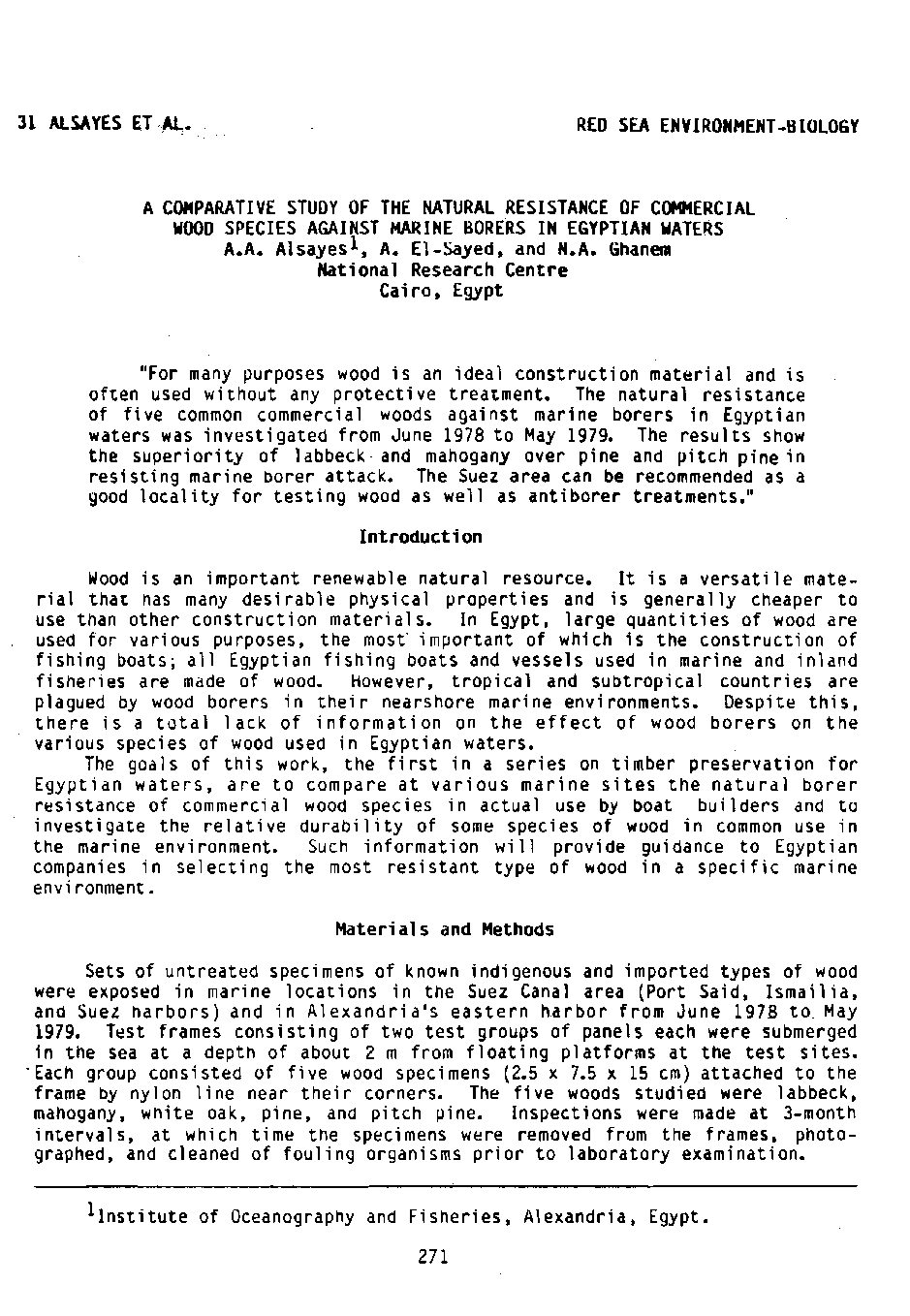Categories
vol-9ANIMAL TREES. STONE PLANTS. AND TOY FISH:
THE CHALLENGES AND SIGNIFICANCE OF CORAL REEF FIS~
COMMLINI TI ES
C. Lavett Smith
The American Museum of Natural History
New York. New York. USA
23 SMITH
Even the most blase observer soon recogni zes that coral reefs domi nate
much of the Red Sed coastline. These reefs are a natural resource and, like
other resources, they must be evaluated, protected, and perhaps managed to
bring the greatest good to the greatest number of users.
Coral reefs are many things to many people. Traditionally, seafarers had
the most contact with and the most knowledge of them. For navigators, reefs
are a mixed blessing. They are unpredictable and dangerous, and at the same
time benevolent protectors that absorb the force of the seals fiercest waves
and guard sheltered refuges, calm anchorages, and uneroded beaches. Fishermen
have always recognized them as rich hunting groundS, where even the economically poorest with small boats and simple gear can find food for their families.
Today the boom in recreational diving and tourism has given reefs a new
importance. They are a different world — one of awesome strangeness and
incredible beauty. With the ready availability of safe diving gear, reefs
attract great numbers of tourists, who find pleasure and peace of mind and at
the same time provide the basis of a major industry.
Coral reefs serve in lesser ways, too. There are small industries collecting marine curios to sell to nondiving tourists and shell collectors and
supplying colorful fish for home and commercial aquariums. Sometimes the
1i mestone for buil di ng hi ghways and ai rport runways comes from reefs. This
destructive use poses a serious threat to reefs in some area~. Although reefs
are living, growing entities, whic.h can repair themselves to some extent, they
can also be killed by overharvesting, pollution, or drastic changes in physic.’
environmental factors such as water circulation patterns, excessive freshw.t’
too much silt, and poisonous waste disposal outflows.






